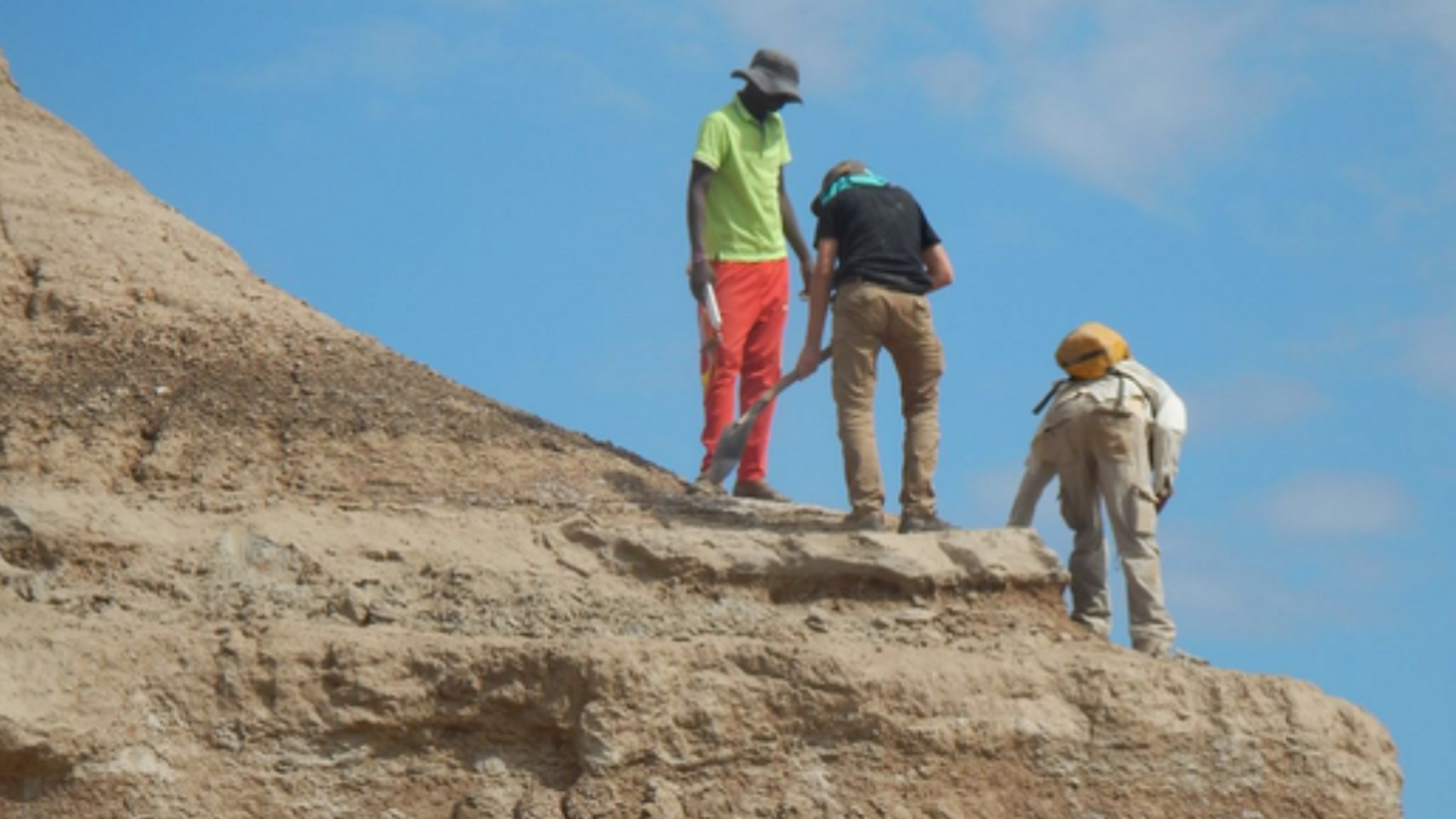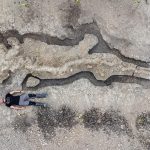Some of the oldest ever fossils to have been affirmatively identified as belonging to Homo sapiens have been discovered to be even older than previously thought.
Known as the Omo I remains, the fossils were found in the Omo Kibish Formation in southwestern Ethiopia, within the East African Rift valley between 1967 and 1974 – a region where humanity is believed to have evolved – and scientists have been attempting to date them ever since.
Earlier research suggested the fossils were less than 200,000 years old but a new study has confirmed that they must be older due to the discovery that a colossal volcanic eruption which took place 230,000 years ago showered the sediments above the fossils with volcanic ash.
An international team of scientists lead by researchers at the University of Cambridge made the discovery by analysing the “chemical fingerprint” in the volcanic ash layers around the bones.
To do this they collected pumice rock samples and then ground them down to sub-millimetre size.
“Each eruption has its own fingerprint – its own evolutionary story below the surface, which is determined by the pathway the magma followed,” explained Dr Céline Vidal from Cambridge’s Department of Geography.
“Once you’ve crushed the rock, you free the minerals within, and then you can date them, and identify the chemical signature of the volcanic glass that holds the minerals together,” she added.
Abdul Elahi: Police ‘blamed victims’ and failed to connect more than a dozen reports about online sexual predator
Facebook loses attempt to dismiss antitrust lawsuit demanding it sells WhatsApp and Instagram
Investigation into online platforms finds ‘foul trove of racial hatred’
Their geochemical analysis linked the thick volcanic ash layer with an eruption from the Shala volcano, more than 400km (248 miles) away.
But they didn’t have the age of the Shala eruption, said Dr Vidal, so another team in Glasgow had to measure the age of the rocks.
“When I received the results and found out that the oldest Homo sapiens from the region was older than previously assumed, I was really excited,” she added.
The oldest ever remains of what appear to be anatomically modern humans were found in Morocco, and are believed to be about 360,000 years old – but it is not a certainty that they actually belong to humans rather than a closely related species.
However the Omo fossils possess “unequivocal modern human characteristics, such as a tall and globular cranial vault and a chin,” explained co-author Dr Aurélien Mounier from the Musée de l’Homme in Paris.
“The new date estimate, de facto, makes it the oldest unchallenged Homo sapiens in Africa,” Dr Mounier added.
“It’s probably no coincidence that our earliest ancestors lived in such a geologically active rift valley – it collected rainfall in lakes, providing fresh water and attracting animals, and served as a natural migration corridor stretching thousands of kilometres,” said Professor Clive Oppenheimer, a volcanologist at Cambridge.
“The volcanoes provided fantastic materials to make stone tools and from time to time we had to develop our cognitive skills when large eruptions transformed the landscape,” the professor added.
“Our forensic approach provides a new minimum age for Homo sapiens in eastern Africa, but the challenge still remains to provide a cap, a maximum age, for their emergence, which is widely believed to have taken place in this region,” explained co-author Professor Christine Lane, head of the Cambridge Tephra Laboratory which hosted the majority of the research work.
“It’s possible that new finds and new studies may extend the age of our species even further back in time,” added Professor Lane.






















